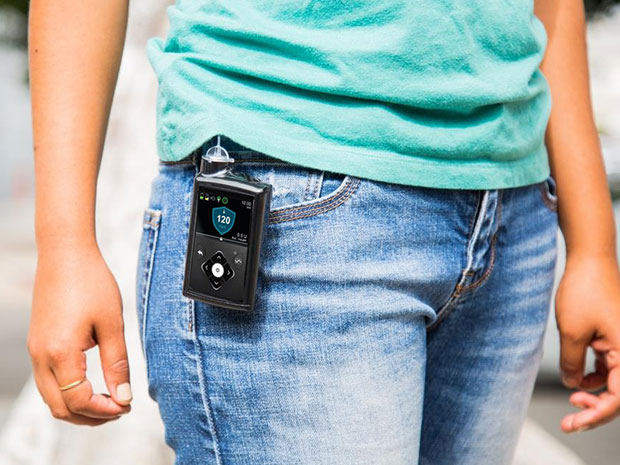A couple of days ago, the United States Drug and Food Administration certified the first ‘artificial pancreas,’ which is a device to monitor and adjust levels of insulin for people uninterruptedly of age 14 and older suffering with Type 1 diabetes. The selling of these systems will begin somewhere around the spring of 2017 by California-based Medtronic.

The 50 years thirst to replica the pancreas, which was analysed in detail the previous month involved the introduction of blood-sugar sensors, algorithms, and pumps. The aim is to link such parts into automated and safe sensors, ‘closed-loop’ system that eradicated the patient from the loop of decision making. The field measures inch closer, but it is still not there.
The newly certified device from Medtronic, namely the MiniMed 670G, was proven effective and safe in a clinical trial of 123 sort Type 1 diabetes patients over the last three months. But the functionality is a ‘hybrid’ closed-loop, as per Medtronic. That is, it essentially needs patient input, but the firm has no plans to limit there.
“We are not going to limit ourselves on our laurels with just hybrid closed loop,” confirms Ali Dianaty, the head of Research and Development Department for diabetes at Medtronic. “We are planning to go all the way.”
The present MiniMed 670G is included with an insulin pump tied to the body, an infusion patch that supplies insulin from the pump and a skin sensor system to monitor the glucose levels. With a structure of meticulously crafted algorithms, known as the SmartGuard HCL, the system is created to control background insulin levels. Patients are still needed to calculate carbohydrates at input and mealtimes that number into the pump, verify blood glucose level, respond to occasional prompts from the pump to rectify corrections to background rates and make sure they agree with the sensor mechanism of the device.
The ultimate aim of Dianaty is to avail a completely closed-loop system that needs no input. “We are completely working on it.” The firm is approaching the aim in phases. Foremost, they have emphasized on automatically checking the background corrections. Since the gadget already suggests the volume of insulin to supplement as a correction, the group has functions to transform that into an automatic feature, enhancing the algorithms so that the rectifications do not under or overshoot safe levels of blood glucose. The latest version of the device with automatic correction is being prototyped, confirms Dianaty.
Further, his group plans to perform relatively the similar thing for mealtime inputs, but with an extra challenge. Think of a person drinking a milkshake with high glucose suddenly moving the bloodstream. “We may not be able to design correction algorithm sensitive enough to function instantly to that sort of an environment,” says Dianaty.
Besides this, Medtronic is intermediate through enrolment of a medical trial testing the MiniMed 670G in children less than 7 years. If it succeeds, then the follow up with be performed for kids between 2 to 6 years. According to Dianaty, “Kids are more variable than elders and we intend to be sure that algorithm has the intelligent to accommodate such levels of variability.”
Filed Under: News


Questions related to this article?
👉Ask and discuss on Electro-Tech-Online.com and EDAboard.com forums.
Tell Us What You Think!!
You must be logged in to post a comment.